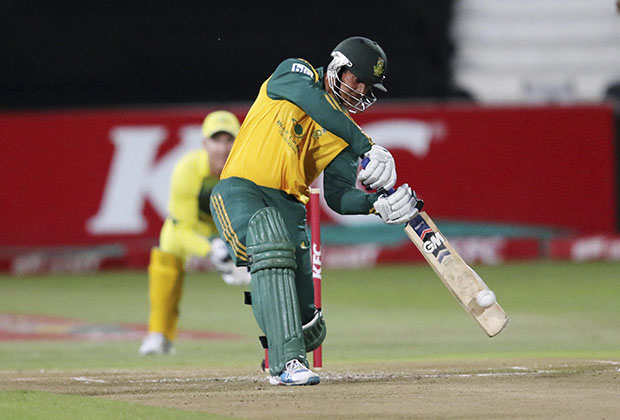The first time Sir Viv Richards batted as high as No3 in ODI cricket he came to the crease in only the second over.
It was against England, in August 1976. West Indies were chasing 202 off 55 overs and they got there in 41. Richards, then 24 years old and playing in just his seventh ODI, struck an unbeaten 119 off 133 balls.
He went on to become the quickest player to reach 1 000 ODI runs in history, from 21 innings. Only three batsmen have matched that over the years: Kevin Pietersen, Jonathan Trott (both England by way of South Africa) and, in August, Quinton de Kock.
Richards, it must be said, also enjoyed a World Cup career in which he totalled 1 013 runs from 21 innings, which suggests that throughout his career he batted at the same swashbuckling pace. ‘He had an outrageously aggressive batting style,’ is the way ESPNcricinfo describes him. Richards, for the duration of his ODI career, had a strike rate of 90.20.
Pietersen completed his England career with an ODI strike rate of 86.58 and Trott’s, who is unlikely to feature again for England, is 77.06. De Kock, the other member of that elite club of four, has a strike rate of 90.83 after his first 28 innings. If cricket is a game for the statisticians, his numbers tell a big story.
Of course, let’s not get carried away with what the young South African – he only turns 22 a week before Christmas – has achieved so far, or contemplate the mouthwatering prospect of what lies ahead. Weight of expectation has buried countless enormous talents down the years, and it will continue to do so.
Rather, let’s look at the beauty of De Kock. And that beauty is the rate at which he scores his runs. The stats bear that out.
The way the game has evolved suits De Kock’s aggression, good eye and crisp striking of the new, hard ball, as do the fielding restrictions. He’s a former baseballer who gives the ball a thump. However, that he scores the runs as quickly as he does – and the sheer volume of them – takes the pressure off the rest of the team.
If De Kock falls early, there’s no real worry. The No 3 (currently Faf du Plessis) can come in – like Richards did against England in 1976 – and build an innings and allow the likes of AB de Villiers, JP Duminy and David Miller to arrive later and smash things around.
But if De Kock spends time at the crease, he is going to score runs. It’s a win-win situation for South Africa. He’s also not the type of player Jacques Kallis was, especially in that great batsman’s earlier days. Kallis would use up plenty of deliveries in the formative stages of his innings’ and then accelerate to close up the margin of balls faced and runs scored. The problem came when Kallis was out for 20 and he’d taken 40 balls to get there. If De Kock falls for 20, the likelihood is that he would have spent only 20 or 25 balls reaching that total. The batsman following him is never under pressure to accelerate from ball one.
In many ways De Kock can perform the same role Adam Gilchrist did for Australia – a gifted wicketkeeper-batsman who can change the course of an ODI innings in a few overs. And we all know that Australia didn’t do too badly when Gilchrist was around, winning three World Cups with him in the team. Which is why, with De Kock in the picture, the horizon looks so bright for South Africa.
This column appears in the current issue of SA Cricket magazine, on sale now.







